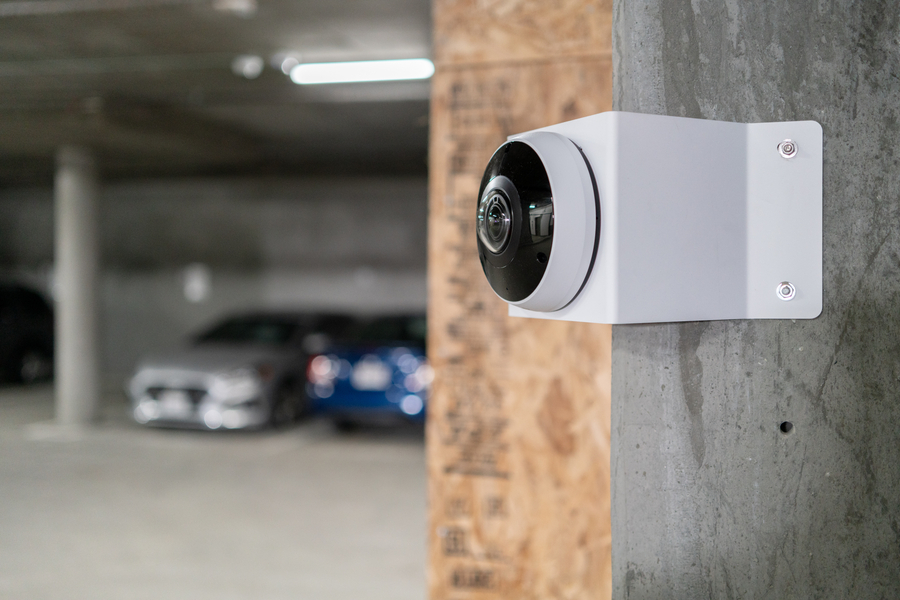Why Your Parking Lot Needs License Plate Recognition (LPR)
Access Control Simplified With Automated Detection

Demand for tighter security and better operational control is pushing commercial property managers to rethink how they handle parking, with LPR (License Plate Recognition) technology becoming a popular upgrade. Parking areas often fall through the cracks when it comes to commercial video surveillance planning, but LPR turns them into active zones of control. These systems log every vehicle that enters or exits, giving staff instant access to real-time traffic data.
Offices, retail centers, and mixed-use spaces use LPR to enforce rules, manage access, and eliminate the hassle of paper permits or manual checks. Security teams can flag unauthorized vehicles, track employee and visitor movements, and respond to incidents without digging through hours of footage.
Property managers also get the tools to monitor trends—who parks where, how long, and how often—which helps in redesigning layouts or adjusting policies. The result: tighter oversight, quicker response times, and smoother daily operations. LPR works around the clock to keep parking organized, monitored, and secure.
How Does License Plate Recognition Work?
LPR technology uses smart cameras to scan license plates as vehicles enter and exit. The system instantly records each plate in a secure database, giving property managers and security teams immediate access to vehicle activity. It speeds up monitoring, cuts down on manual checks, and keeps records clean and accurate.
For example, a corporate office hosting frequent events can utilize LPR to automate delivery verifications and streamline visitor access without manual checks. This saves time and enhances overall security. Each vehicle—be it a delivery truck or a visitor’s car—is logged for real-time tracking and reporting.
ASAP Security deploys advanced LPR systems featuring high-definition imaging and robust analytics for accurate vehicle recording even in high-traffic environments. Maintaining a comprehensive and real-time log of vehicles enhances safety for employees and visitors alike.
Streamlined Access Control for Commercial Properties
The primary use case for LPR systems is, by and large, improved access control. By integrating LPR with existing security protocols, organizations can ensure that only authorized vehicles access sensitive areas of their properties.
They are usually used in high-traffic environments like schools, where staff and parents frequently visit. The LPR system can be programmed to recognize the license plates of authorized vehicles, grant automatic access to authorized cars, and block unauthorized ones.
In a retail context, LPR can efficiently manage customer parking. Unauthorized vehicles would trigger alerts for security personnel, while the system helps manage compliance with parking regulations to mitigate overcrowding in limited spaces.
Simplifying Compliance Tracking
In regulated industries, commercial properties rely on LPR to stay compliant by automatically capturing vehicle data and simplifying reports needed for audits or inspections.
For instance, a government facility maintains precise records of all vehicles entering its parking lot for better visitor visibility.
In emergencies, LPR enhances security further. During lockdowns at schools, having an up-to-date log of vehicles on campus allows security teams to respond swiftly. This capability improves safety and fosters a culture of accountability throughout your campus or property.
Are you ready to enhance your parking lot security? Contact us today at (877) 418-ASAP or fill out our contact form to discover how we can enhance your property with advanced surveillance.